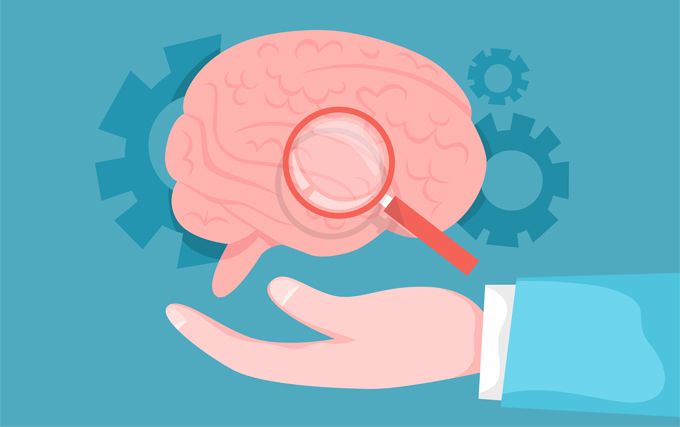
Vanessa Peat
16 May 2024
We were delighted to be asked by The Wonderment to discuss the difficulties that neurodiverse children may have when it comes to meal times and suggest alternatives for addressing these challenges.
Uniquely Created U co-founder Vanessa Peat was delighted to be able to offer her expert advice to The Wonderment audience.
Firstly, what does neurodiverse mean?
Neurodiversity describes how everyone’s brains have differing behaviours based on their structure, chemistry, and the way a brain functions, and what is considered normal or typical behaviour.

No single definition describes a neurodiverse child, instead they may be referred to as having autism spectrum disorder (ASD), be autistic or dyslexic, or have adult attention-deficit/hyperactivity disorder (ADHD).
Neurodiverse children and their instinctive food choices
A child with ADHD is more likely to choose ultra-processed foods and to binge eat due to them having lower levels of dopamine. Ultra-processed foods, which often contain simple carbohydrates, trigger a rush of dopamine to the brain, a subconscious response to combat that feeling.

Children with ASD may present with hyperfixation due to their comfort in repetitive patterns of behaviour, and hyperfixation may become a problem over time when they will only eat certain foods.
Evidence shows there is a disproportionate amount of people on the autistic spectrum that are diagnosed with eating disorders, such as avoidant restrictive food intake disorder, due to their sensory responses or dislike of certain food textures.
Lack of nutrition in neurodiverse children
When a child lacks a varied diet it may lead to general poor nutrition, vitamin deficiencies and obesity. Ultra-processed foods may impair their cognitive development and behaviour leading to social and anxiety issues.
A study of 247 children from the Australian Autism Biobank and Queensland Twin Adolescent Brain project, where 99 of the children were diagnosed with ASD, concluded that the difference in the microbiome of the ASD children compared to the rest of the group was a direct result from their lack of dietary diversity.
Children with ADHD are more likely to lack specific micronutrients including omega-3, magnesium, and zinc, all crucial for maintaining optimal brain, body, and immune system function.
Other diets in the study
Diets like 4-SURE, Low-Fat, High-Fiber, Improved Standard American, and Autoimmune Protocol also showed some promise, but more research is needed on these to identify long-term benefits.
What can you do to help neurodiverse children make the right food choices
If eating habits are not corrected in early years this could lead to worsening physical and mental health as they head through puberty and into adulthood.
The latest report from Rachel de Souza, the Children’s Commissioner for England, indicates that the number of children and young people starting treatment for eating disorders has more than doubled since 2016-17.

Vanessa's 12 Top Tips:
-
Pre-planning nutritious meals for your child is key.
-
Creating an open environment to discuss likes and dislikes.
-
Celebrate the progress that your child makes, no matter how small.
-
Smaller more frequent meals may help keep your child fuller for longer.
-
Offer a wide variety of finger foods to young children to allow them to experience different tastes and textures.
-
Include complex carbohydrates and protein. Good sources of protein include beef, legumes, dairy, eggs, turkey and soy which are rich sources of the amino acid tyrosine and phenylalanine which have an important role in dopamine production.
-
Other ways to increase dopamine levels include regular daily exercise, high quality sleep, listening to choral and instrumental music and daily sunshine exposure. However, always adhere to sun exposure guidelines.
-
Gradually introduce small changes into daily eating habits until they have the significant impact required to contribute to a more positive lifelong nutritional, physical and mental wellbeing.
-
Be creative when preparing meals by blending small amounts of high nutrient foods into a meal that your child enjoys, ensuring they consume the much-needed nutrients in their meals.
-
Create opportunities for your child to eat in different social settings or with friends where they may try to explore different foods.
-
Eating a wide range of foods at family mealtimes expresses a positive message to children who learn from that experience.
-
Work with professionally trained nutritionists to fully understand the specific selective eating habits of your unique neurodiverse child and create a long-term plan for positive future health and wellbeing.
Our dedicated team of specialists are always here to listen to your concerns.
Book a FREE informal discussion to discover how we can create a personalised dietary path to improve the health and wellbeing of your loved one.
